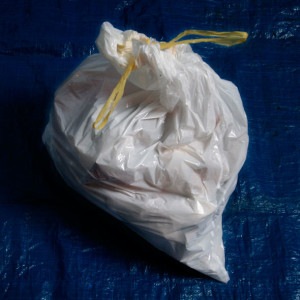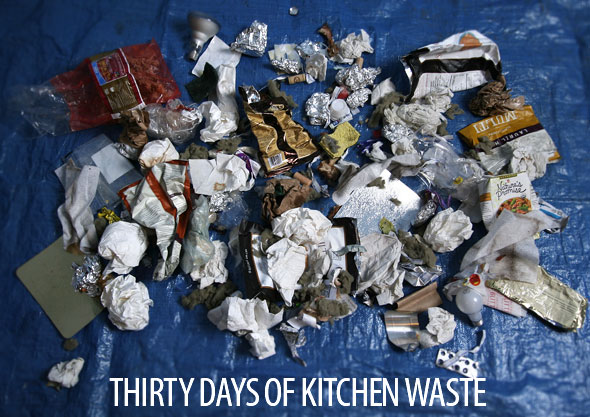Our houses have habits. And we learn them.
Next thing you know you’re adapting your behavior to the way your home doesn’t work. There’s no place to organize the mail, so it lands on the kitchen counter; kid’s backpacks lie on the floor; clothes are piling up on chairs; every one at your party is stuffed in the kitchen, elbow to elbow. Sound familiar?
We help homes break these habits by recognizing how spaces inhibit activities we want to encourage. We reveal fractured patterns and reassemble solutions that help our homes help us live the way we’d like. Every design project begins by trying to recognize and respond to a home’s “bad habits”.
 Sometimes those habits are so ingrained they are next to invisible. Take the kitchen trash. Thinking about our kitchens as the last link in the journey from farm to fork has provoked me to rethink everything about how our kitchens are designed to manage that flow. I quickly realized that I had accepted a host of ingrained patterns about how kitchens are designed and work.
Sometimes those habits are so ingrained they are next to invisible. Take the kitchen trash. Thinking about our kitchens as the last link in the journey from farm to fork has provoked me to rethink everything about how our kitchens are designed to manage that flow. I quickly realized that I had accepted a host of ingrained patterns about how kitchens are designed and work.
One of these involves the kitchen trash. In nature, trash equals food. There is no waste, everything cycles. It’s a “whole” system. Hmmm. Not at my house. How come? I needed to see what wasn’t working. So here’s what I did.
After researching the rules and resources available to recycle, I moved my kitchen trash to a different room. Now every time I attempted to throw something in the trash I found an empty space – my own personal “gotcha!” Now I had to decide if what I needed to dispose of was even trash, or more likely compost or some form of recycling.
Here’s what I learned. There is an odd assortment of a few items that cannot be recycled or composted. These include foil and foil faced packaging: chip packaging, foil faced cardboard, wine covers, chocolate wrappers, yogurt seals. Things that are soiled or contained meat are out. So are meat leftovers. Then there are the queer little things like wire twist ties, sponges, light bulbs, even shoe laces. But not really that much.
By disrupting the usual trash flow and discovering that nearly everything can cycle forward for another use a surprising thing happened. It now takes a full month to fill a single kitchen trash bag! Now we have a very small kitchen waste basket, a new container for #5 plastic and another for the assortment of plastic bags. We continue to use our curbside recycling bin and our old kitchen trash container helps organize paper for recycling. Organic waste collects in a countertop container and travels across our yard, sometimes by moonlight, to our compost bin. Our kitchen is helping us practice new habits that are much closer to whole.
Ten years ago, at the grocery store I’ve gone to since I was a teen, they constructed a median that prevented the left turn I’d take to head home. It took me a full year to break that habit and learn to exit on the opposite side of the store. Unlearning ingrained habits can be hard. Revealing those habits and redesigning space that enables new habits can make a world of difference.
And the world needs that difference!

